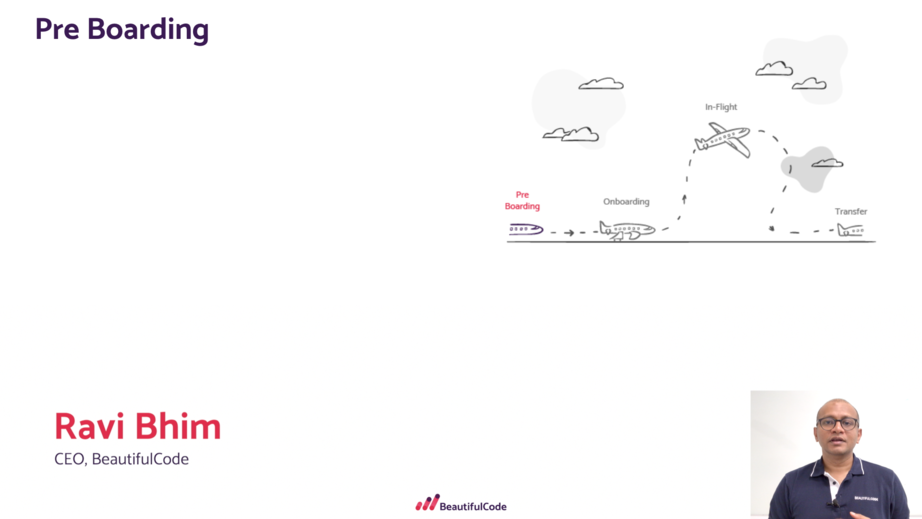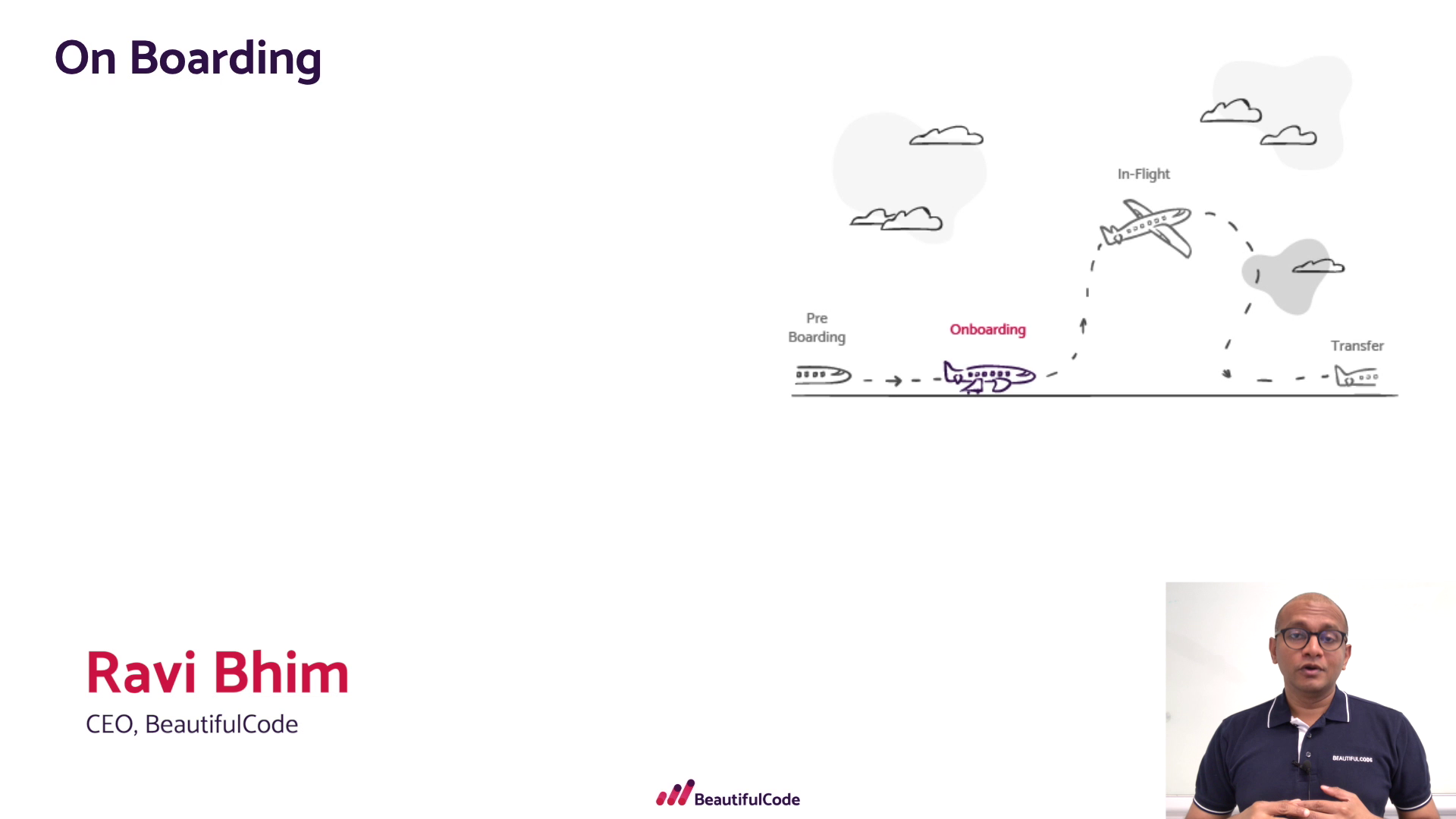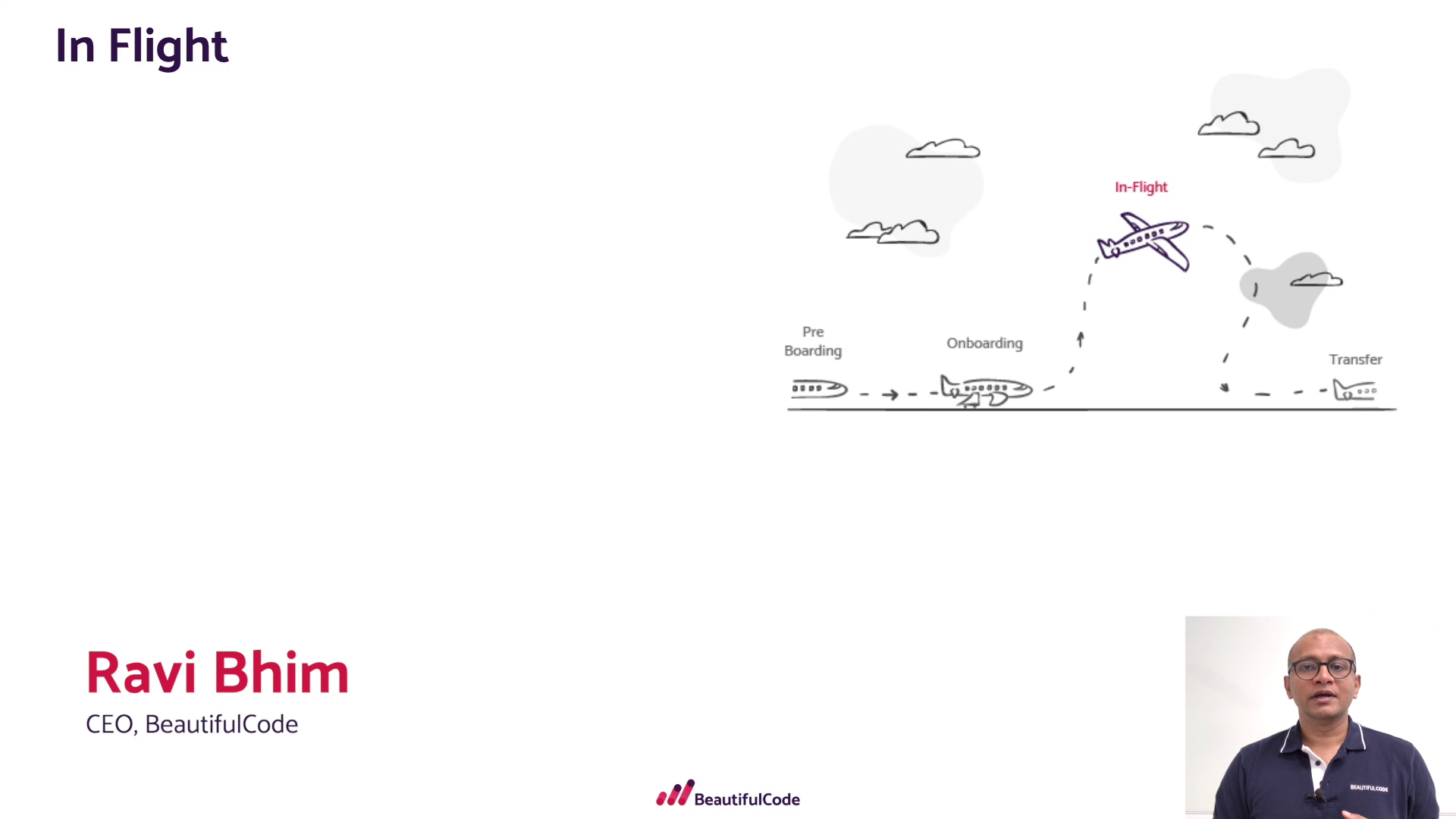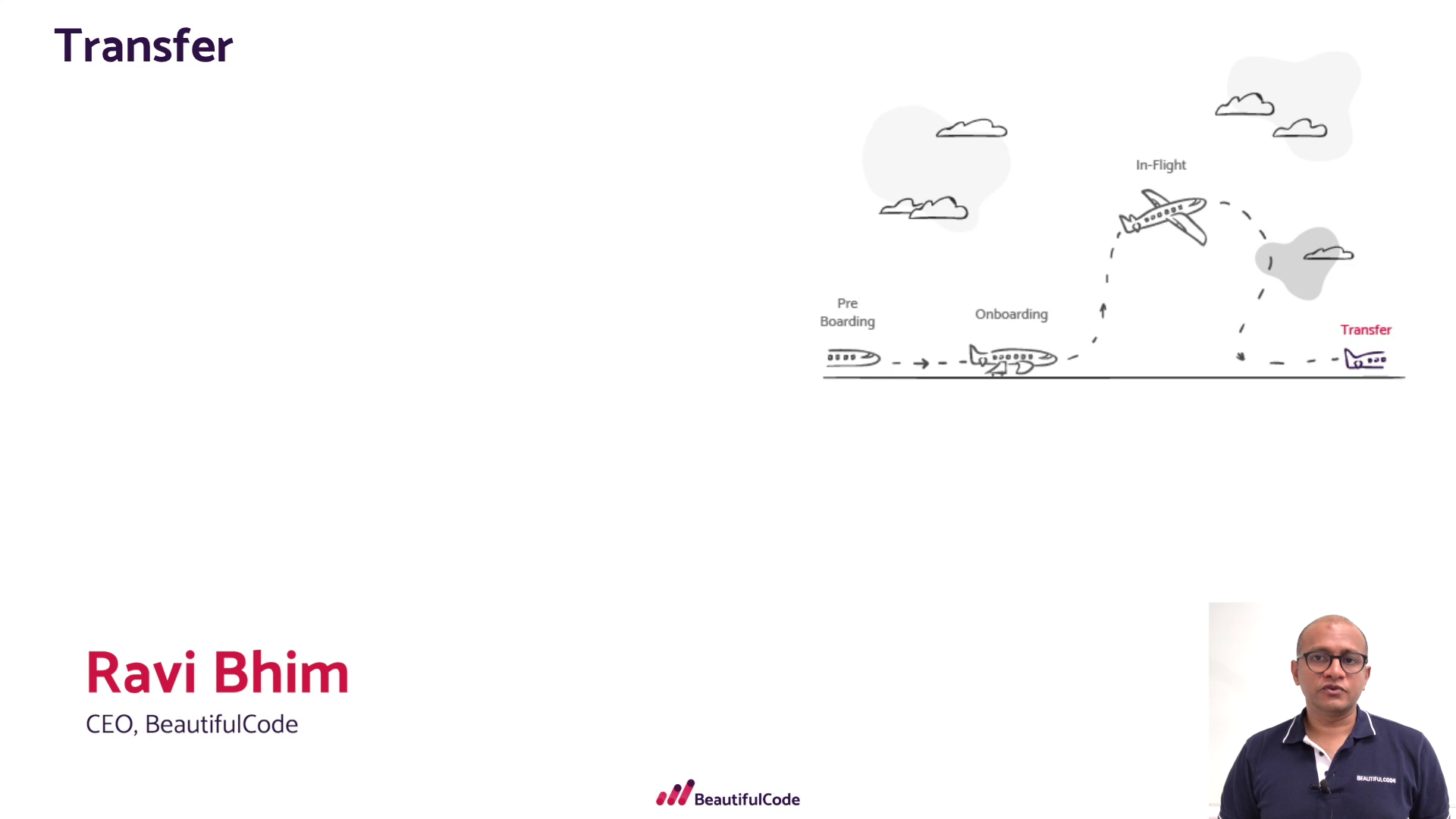Accelerate Your Engineering Delivery Goals
It’s easy to scale a team quickly. Talent abounds, of course. But to do it responsibly and sustainably? That takes an entirely different approach.
Our proven framework embeds our remote team into your existing culture, processes, and KPIs, making us an extension of your team, not an outsourced organization.
Refined over a number of years, it’s designed to help us monitor the health of team productivity, avoid miscommunication and disengagement, and inform engineering leadership about progress and challenges on an ongoing basis. We religiously apply the framework in all engagements and continue to improve it with new data.
Goals of the framework
-
Integration
Integrate a remote team as an extension of the HQ team in terms of culture, processes and KPIs.
-
Approach
Take a data driven approach to continuously surface up the health of the team productivity in a transparent way.
-
Warning
Get alerted on early warning signs of the derailment of the remote team.
-
Adaptation
Continuously adapt to change and feedback.
-
Informativeness
Keep the engineering and product leadership informed on the progress/challenges of the remote setup on an ongoing basis.
Our framework brings a ton of
value others can’t offer
-
Benefits to your VP of Engineering
By giving clear, daily insights and ensuring open communication that PMs, Engineers, and QA are all adhering to their commitments, our framework strengthens your VP of Engineering’s confidence that every project is on track.
-
Benefits to your Product Managers
The proactive signals created by the framework ensures engineers and the PM work as one team, helping to avoid reactive grooming and prioritization. No more semi-defined tasks suddenly thrust on engineers’ plates.
-
Benefits to your Engineers
Because engineers and your PM are working as a single team, engineers are alerted of issues early so they course correct sooner. A daily team report card from the engineering lead also keeps the PM apprised of new developments.
The Framework
The framework uses a flight analogy and motivates the practitioner to address key decisions at the various stages that lead to an eventual takeoff, akin to successful setup and engagement of the remote engineering team. At a high level, the framework is based on the following 4 stages - Pre Boarding, On Boarding, Inflight and Transfer.
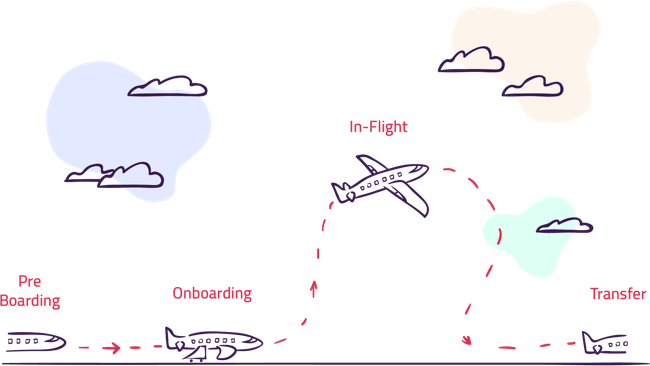
Now that you’ve decided BC’s remote engineering team is the right fit for your goals, we make sure we’ve got everything we need to be successful. Setting up your remote team includes:
- Understanding and documenting your business goals and purpose.
- Identifying your ideal remote team composition and defining responsibilities.
- Clarifying who the primary stakeholders are and what role they will play in the success of the team.
- Interviewing the remote team leads to establish credibility and confidence.
- Conducting a premortem to identify potential roadblocks and pitfalls.

Purpose
Capture the business goals and the high level outcomes expected of the remote team. A clear top level view prepares and aligns the team on what it is supposed to achieve. Understanding the big picture expands the problem solving potential of the team and at the same time makes it easier for them to collaborate as the end goals are visualized by everyone.
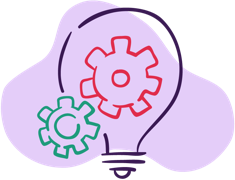

Product Development Culture
Understand and document the culture of the Product team in building products at the organization. In most of the technology companies, the Product and Engineering teams are really a single team working towards a common goal - bringing products to the market fast. By doing this exercise the remote team takes a few steps towards aligning with Product leadership team by adopting their vision.
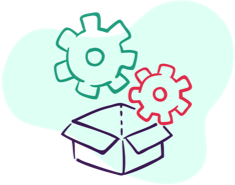

Engineering Development Culture
Explains and documents the culture of the Engineering team in building systems and products at the organization. The engineering culture is shaped by the engineering leadership, the nature of problems the engineering team solves and even by the sub team structures. This culture affects how software is developed, how teams are expected to work with each other, how code is expected to be written, how code reviews are to be performed etc.. The remote engineering team will have to replicate the same culture to the extent possible to have a common way of solving problems.
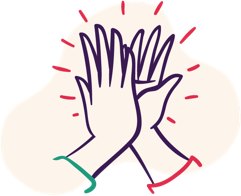

Ideal Team composition
In this exercise all the people (remote team, business stakeholders from HQ and Satellites) involved in the success of this team are captured. In addition to the roles, their ideal responsibilities are discussed to setup professional expectations. This team blueprint exercise gets the business stakeholders on the same page on what it takes to achieve the purpose and forces them to be clear in their thinking. Secondly, blurred roles lead to a lot of confusion and misalignment, which can be proactively eliminated with this exercise.


Timezone Analysis
This exercise analyzes the timezones and the working hours of the various teams and helps them plan for tactical activities such as communication, availability etc.. The result of this exercise will give a strong signal to the business stakeholders whether the team will be able to achieve the purpose. For example, a setup with 2 hours of overlap might be sufficient to build a SaaS web application where the remote team prefers to be fairly isolated and independent in its every day operations. But a remote data science team with a 2 hour overlap might not cut it if they have to frequently report their analysis and figure out the next steps.
Once we’ve laid the groundwork for success in the Preboarding stage, it’s time to get aligned on the specifics of team structures and how the software will be delivered. This stage includes:
- Finalizing your remote team members.
- Building rapport between the remote team lead and the key stakeholders in HQ and satellite offices.
- Creating a sprint-based checklist for stakeholders. In addition to providing transparency, this checklist will keep stakeholders accountable.
- Defining the metrics and KPIs to be captured in each sprint.
- Defining alerts to be raised if the team offtrack from its expectations.
- Onboarding and ramping up needs of the remote team.
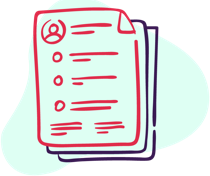

Team Profiles
Collocated team members have a lot of opportunities to understand other team members likes and dislikes, what inspires them and even their aspirations. This context plays an important role for them to collaborate with each other - it's a collaboration catalyst. Remote team members lack this great benefit that helps them start off a great note. This exercise aims to address this problem. Profiles of the team members are filled to get to know each other. It is also recommended to capture the personal values and interests of each person so that the team connects with each other beyond their professional interests.
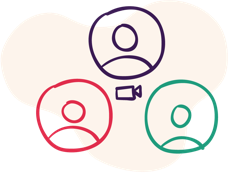

Facetime Planning
This exercise prompts the pilots to examine in person and online facetime interactions, and helps them strike a balance so that the remote collaborators can enjoy good ongoing rapport with each other. As enablers and managers of remote teams, it is important to plan for such opportunities.
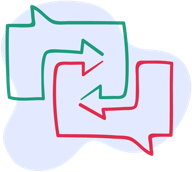

Communication Setup
The role of communication is very obvious and cannot be overstressed when it comes to remote teams. In our experience, thinking about the communication setup and evolving it to suit the remote team productivity continues to be a high impact activity for the practitioner of the framework. This exercise calls out the pilots to codify their communication practices and in the process make it clear for the team members of the communication expectations.
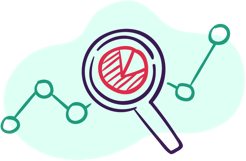

Success Metrics
It is easy for the team members, including the practitioners of the framework to focus on their responsibilities and optimize for their success metrics. If this happens, empathy and relevance of success metrics for the other team members might be missing. This exercise clarifies success from different perspectives. By understanding the success dynamic, the entire team develops empathy for each other and this also positively affects their problem solving approach.
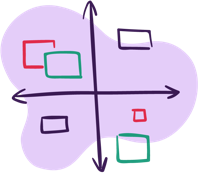

Checklist Preparation
The framework began focussing on the big picture in the Pre Boarding stage and started vetting the team for execution during the On Boarding stage. It now has created an opportunity to get tactical with their actions and the framework advocates the usage of checklists for disciplined execution. This thinking is inspired by Atul Gawande’s The Checklist Manifesto, where he summarises that checklists enable us to be professionals by minimizing unintentional errors caused by flaws in human memory, attention and thoroughness.
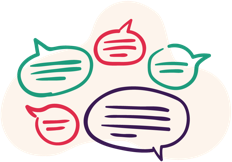
Pre Mortems
Psychologist Gary Klein came up with this nifty concept to help decision makers to identify risks at the outset. In this exercise, the decision makers flip their optimism and study failure paths for their team. Pre Mortems are great tools to surface potential pitfalls in a safe environment.
Thanks to the exercises performed in the previous two stages, your remote team now has the context to excel. Generally speaking, this stage is the longest, as the team is executing and delivering value on an ongoing basis. Goals of this stage are:
- Modifying the deliverables prepared in the Pre Boarding and Onboarding stages (ex: Sprint Checklist) based on the learnings and execution realities.
- Reviewing and being aware of the remote team’s productivity by filling in the Sprint Checklist for every sprint.
- Surfacing the health of the remote team to the leadership with respect to defined KPIs and understanding why the team under or over performed.
- Sending proactive alerts to call out some warning signs.

Checklist Fill
Filling the checklists helps the team be aware of how they are executing as a unit and observe whether they are sticking to the plan or deviating from it. In the framework’s opinion, both are good outcomes as long as the team is aware. What we want to absolutely rule out are illusions of alignment and progress - which can easily plague a remote team. The team is also capturing the core signals that will help them reason on their performance - laying the foundation for data driven decision making.


REF Reports
Reports capturing performance metrics and insights that serve as a transparent self-evaluating report card are prepared and shared to the entire team, right from the VPs to the individual contributors. This results in alignment on the shared understanding of how the team is performing.


Refactor Hour
This exercise helps the team up their game by improving their playbook. The team commits to one hour per 2 or 3 sprints to update the deliverables prepared in the PreBoarding and OnBoarding stage to refactor their operations. Insights obtained when executing will prompt the team to refactor their process. Taking time to zoom out and observe the process helps the team to understand the dynamics holistically. This will also help the members empathize with the other members and be receptive to the changes that result in win-win outcomes.
Once your team has fulfilled a project’s requirements, it is time to ramp down and, eventually, disband the team. This stage is expected to last for 2 or 3 sprints and includes:
- Capturing the knowledge and deliverables that will help the team gracefully exit the engagement.
- Creating a ramp down plan (i.e.: transition the responsibilities to another team) and execute it.



Ramp down Plan
This exercise helps the pilots come up with a blueprint of how the transition away from the current team can be achieved. Starting from capturing why the transition is necessary to how exactly the transition can be done is visualized in this exercise. One of the main goals of this exercise is to prepare the current team so that they can start to also plan beyond this engagement.

Snapshot
If the current team’s responsibilities are getting transferred to another team, then the current state of the product, codebases and development processes is the starting state for the new team. This exercise plans to take a snapshot of the remote team’s activities so that the new team could seamlessly take it forward.
This is not a handoff.
It’s a partnership.

Beautiful Code solves long-term engineering problems with quality, clarity, and transparency.
We work with companies who want to bring new value to the market through intellectual property. We’re not interested in 2-3 month engagements that don’t move the needle in significant ways for your company. And we’re not interested in ramping up to meet short-term demands.
We prioritize quality over speed and we’ve purposefully managed our own growth to better serve our clients.









